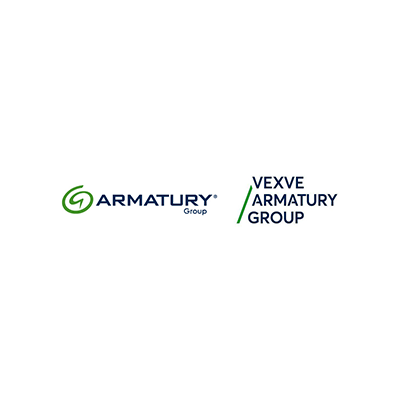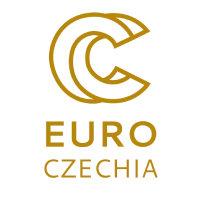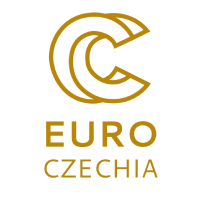Partner: ARMATURY Group a.s.
Field: Mechanical Engineering
 Armatury group specialises mainly in the production of valves, technological units, and related services. Their wide range of goods, quality of production, customisation according to customers’ requirements, and human approach make Armatury group a sought-for partner for a number of small and large companies in the Czech Republic and abroad; 70 % of the company’s products are exported to countries all over the world. Armatury group is a part of Vexve Armatury Group, which is the leading European provider of valve solutions for the energy sector. The group is owned and operated by the long-term-oriented Finnish DevCo Partners Oy investment company.
Armatury group specialises mainly in the production of valves, technological units, and related services. Their wide range of goods, quality of production, customisation according to customers’ requirements, and human approach make Armatury group a sought-for partner for a number of small and large companies in the Czech Republic and abroad; 70 % of the company’s products are exported to countries all over the world. Armatury group is a part of Vexve Armatury Group, which is the leading European provider of valve solutions for the energy sector. The group is owned and operated by the long-term-oriented Finnish DevCo Partners Oy investment company.
The main objective of the collaboration with the National Competence Centre in HPC was the proof-of-concept, which would compare available Computational Fluid Dynamics (CFD) Simulation approaches for solving moving bodies within the fluid domain. All of the methods can be used to study stationary and time-dependent problems where the geometry changes its shape due to the motion of solid boundaries and the deformation of solid domains. Each method has its advantages and disadvantages, and their direct comparison on the specific case provides valuable information for deciding which approach should be used in future. This project made use of the long-standing knowledge of experts from the IT4Innovations National Supercomputing Centre and the supercomputers that the centre has been operating for more than ten years.

Within this proof-of-concept, the four methods (i) the Moving mesh method (ii) the Dynamic mesh method (iii) the Overset mesh method, and (iv) the Immersed body method were compared to provide an overview of the requirements and limitations of each method, as well as the accuracy of the results they provided. The simulations were carried out on a “simplified” flap valve, which was designed not to limit the use of any of the above-mentioned methods. The torque-time characteristics, flow characteristics of the flap, and the effect of the results on the closing speed were studied in detail and compared to provide a comprehensive picture of the capabilities of all methods.

Lukáš Kušnír, Research and Development Director of Armatury group
“Thanks to this cooperation, Armatury group has gained comprehensive information about the possibilities and limitations of different solution methods for moving bodies that play a significant role in solving a specific case. The use of HPC infrastructure will not only allow computational models to be built with higher accuracy results, but also help to complete these simulations in a reasonable time, leading to cost savings. In addition, the use of supercomputers is advantageous for design optimisation when many simulations need to be performed.”

